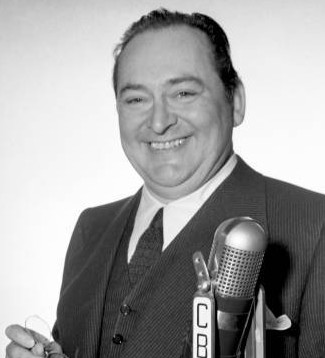Happy Birthday, Edward Arnold!
Posted by Ivan G. Shreve, Jr. on Feb 18th 2023
Here’s a tidbit of interesting trivia for classic movie fans: you know character great Edward Arnold as the personification of fat cat businessmen in many a vintage film, notably the Frank Capra-directed You Can’t Take It With You (1938), Mr. Smith Goes to Washington (1939), and Meet John Doe (1941). But wrap your head around this: when Arnold—born Gunther Edward Arnold Schneider in New York City on this date in 1890—got his start in “the flickers”...it was as a cowboy star! Ed joined the Chicago-based Essanay Studios in 1915 (home to Charlie Chaplin for a time) as an extra. He soon worked his way up to star in dozens of two-reel shorts before leaving the silver screen in 1919 to pursue stage work. By the early 1930s, Arnold was ready to resume film acting and did quite well for himself. His marvelous baritone voice would also be perfect for radio, as we shall soon see.
Born to German immigrants on the Lower East Side
of New York, Edward Arnold developed a passion for the footlights when he
appeared as “Lorenzo” in an amateur production of The Merchant of
Venice. Arnold made his professional debut in 1907, appearing with Ethel
Barrymore in Dream of a Summer Night. As previously noted, Ed gave
motion pictures a try before returning to the stage in She Would and
She Did and The Storm (both 1919), in addition to
many other productions to follow. Among the successes Arnold appeared in
were The Nervous Wreck (1923), Easy Come Easy Go (1925),
and The Grey Fox (1928). Arnold was also in the cast of the
1927 revival of The Jazz Singer, in which he played second lead to
the star, George Jessel.
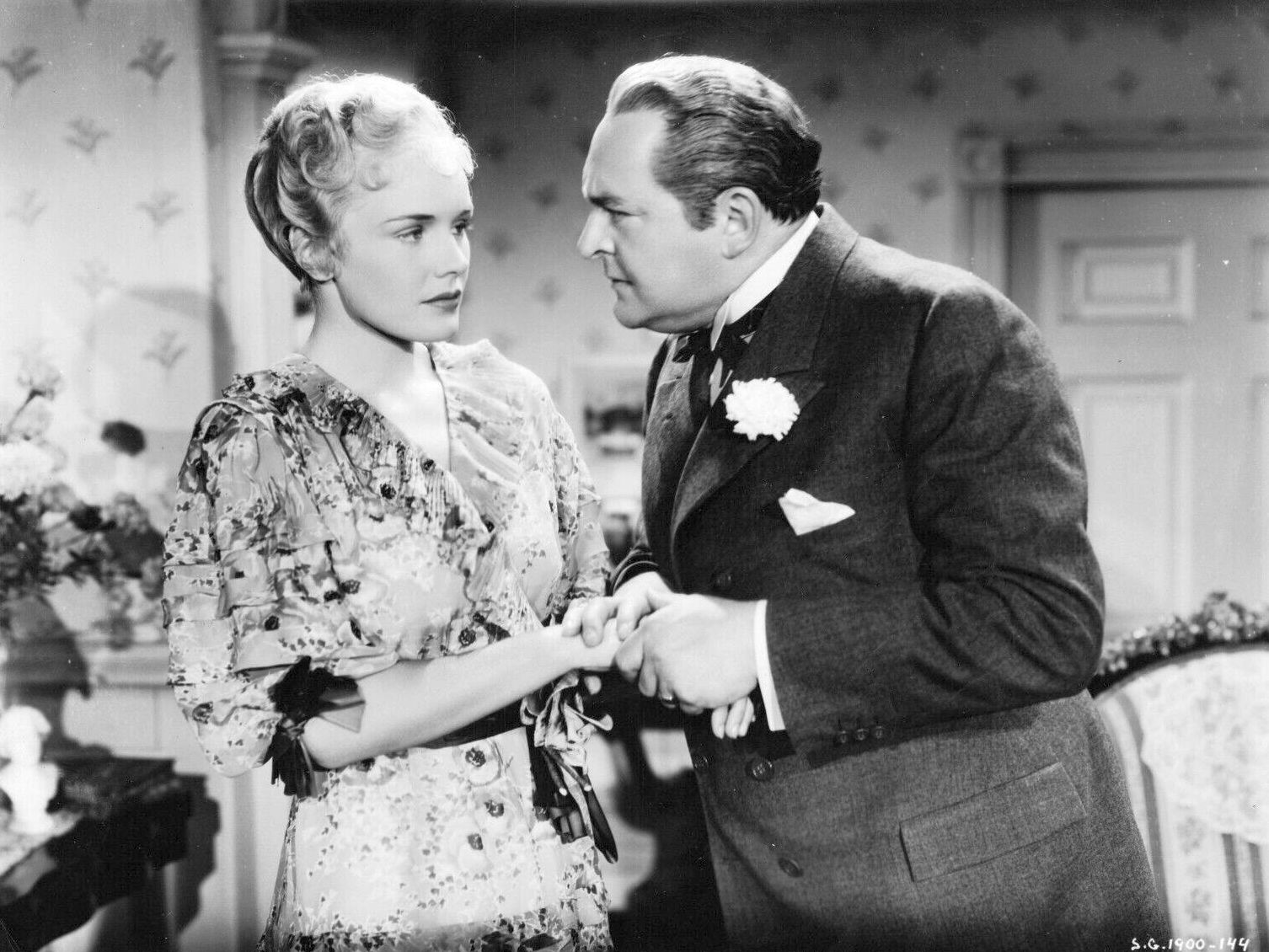
Edward Arnold returned to “the talkies” in 1932
with the feature Okay, America! (1932) and soon after appeared
in such movies as Three On a Match (1932), Afraid to
Talk (1932), Rasputin and the Empress (1932), I’m
No Angel (1933), Roman Scandals (1933), The
Glass Key (1935), Meet Nero Wolfe (1936), Easy
Living (1937), and The Toast of New York (1937). Arnold
had one of his rare leading roles as the legendary “Diamond” Jim Brady in Diamond
Jim (1935) (a role he would reprise in 1940’s Lillian Russell)
and also made a memorable impression as the melancholy lumberjack-turned-tycoon
in Come and Get It (1936). These two films would come to
define many of Arnold’s feature film appearances as he excelled at playing
authority figures (senators, bankers, judges) and amiable
scoundrels. Somewhere along the way Ed figured out that he’d get much more
work as a character actor (he was labeled “box office poison” in 1938, a
distinction he shared with such notables as Fred Astaire, Joan Crawford,
Marlene Dietrich, and Katharine Hepburn) if he decided to stop obsessing over
his weight. He explained to an interviewer: “The bigger I got, the better
character roles I received.”
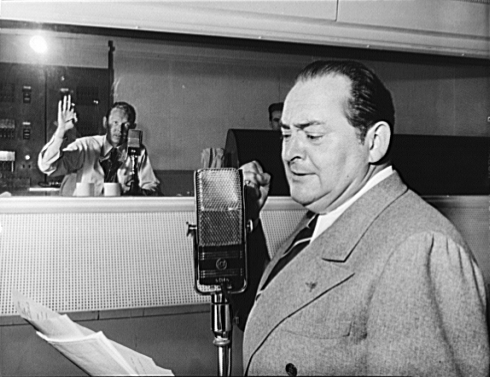
By the 1940s, Edward Arnold was one of the
busiest actors in Hollywood, with such notable films as Johnny Apollo (1940), The
Devil and Daniel Webster (1941), Johnny Eager (1941), Eyes
in the Night (1942), Mrs. Parkington (1944), The
Hidden Eye (1945), The Hucksters (1947), Command
Decision (1948), and Take Me Out to the Ball Game (1949).
As such, Arnold would often be called upon to reprise his motion picture roles
on such radio programs as The Gulf/Lady Esther/Camel Screen Guild
Theatre and The Lux Radio Theatre. From 1944 to
1946, Ed was a regular (as Mr. Reynolds, a lawyer) on The Charlotte
Greenwood Show, an ABC Radio sitcom sponsored by Hallmark Cards. (OTR
historian John Dunning summed up this program’s merits by noting “Edward Arnold
often laughed louder than the audience.”) Arnold later hosted radio’s Secret
Mission and The Hallmark Hall of Fame in
the 1950s.
The radio series with which Edward Arnold was
most identified, however, was Mr. President—which premiered
over ABC on June 26, 1947 and ran until September 23, 1953. Created by Robert
G. Jennings, the format of President required Arnold to
portray a different Commander-in-Chief each week, with the series’ gimmick
being that said President wasn’t identified until the final minutes of each
program. Ed made no bones about the fact that each occupier of the Oval Office
was “all Edward Arnold, or else there’d be no guessing game on the show.”
Despite this handicap, Mr. President was a well-done
series with scripts written by Jean Holloway and Bernard Dougall and
appearances from radio thesps like Betty Lou Gerson (as “Miss Sarah,” a sort of
generic secretary to the President), Lurene Tuttle, Bea Benaderet, Hans
Conried, Parley Baer, and Joseph Kearns.
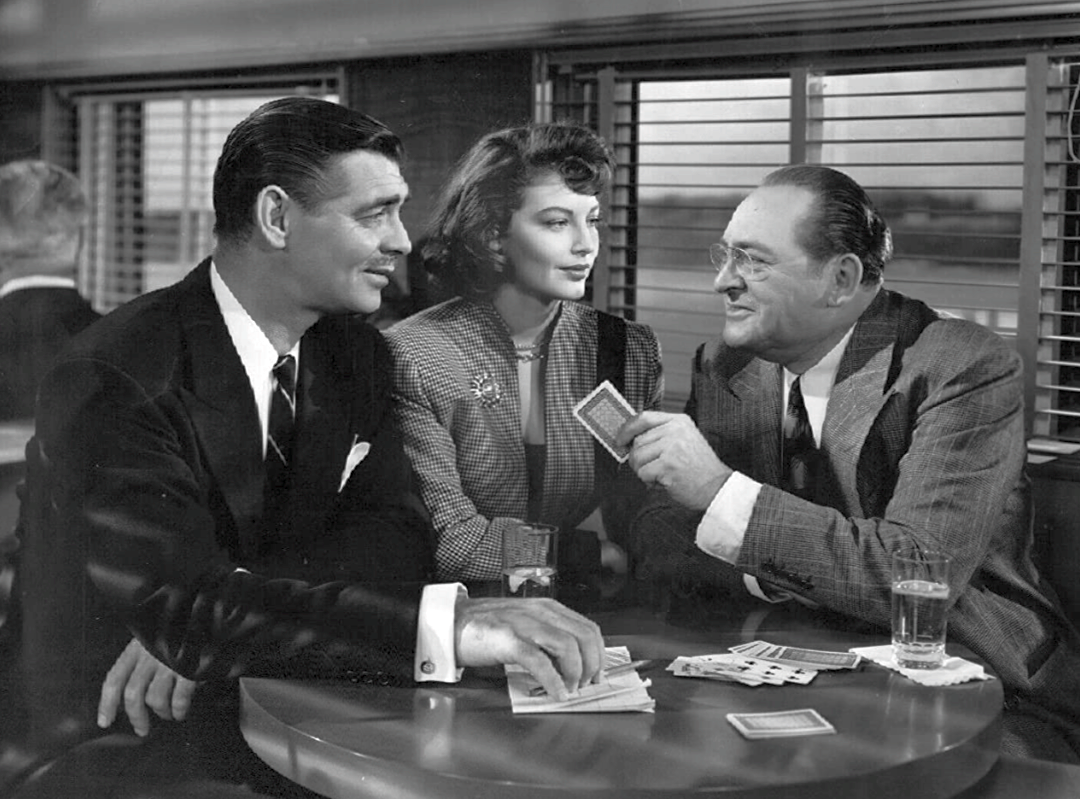
Other items from Edward Arnold’s radio resume
include The Bill Stern Colgate Newsreel, The Bob
Hope Show, The Cavalcade of America, The
Chase and Sanborn Hour (also The Edgar Bergen &
Charlie McCarthy Show), Command Performance, Good
News of 1940, The Hallmark Playhouse, The
Kraft Music Hall, The March of Time, Repeat
Performance, The Rudy Vallee Show, The
Sealtest Variety Theatre, Suspense, The
Theatre of Romance and The Victory Theatre.
Edward Arnold continued to appear in feature
films in the 1950s, with vehicles such as The Yellow Cab Man (1950), Annie
Get Your Gun (1950), Belles On Their Toes (1952), City
That Never Sleeps (1953), and Living It Up (1954).
Arnold had also started to make inroads on television with appearances on Climax!, The
Ford Television Theatre, and The General Electric Theatre and
as host of Your Star Showcase in 1954. Ed passed away
at the age of 66 from a cerebral hemorrhage shortly before the release of one
of his last feature films, The Ambassador’s Daughter, in 1956.
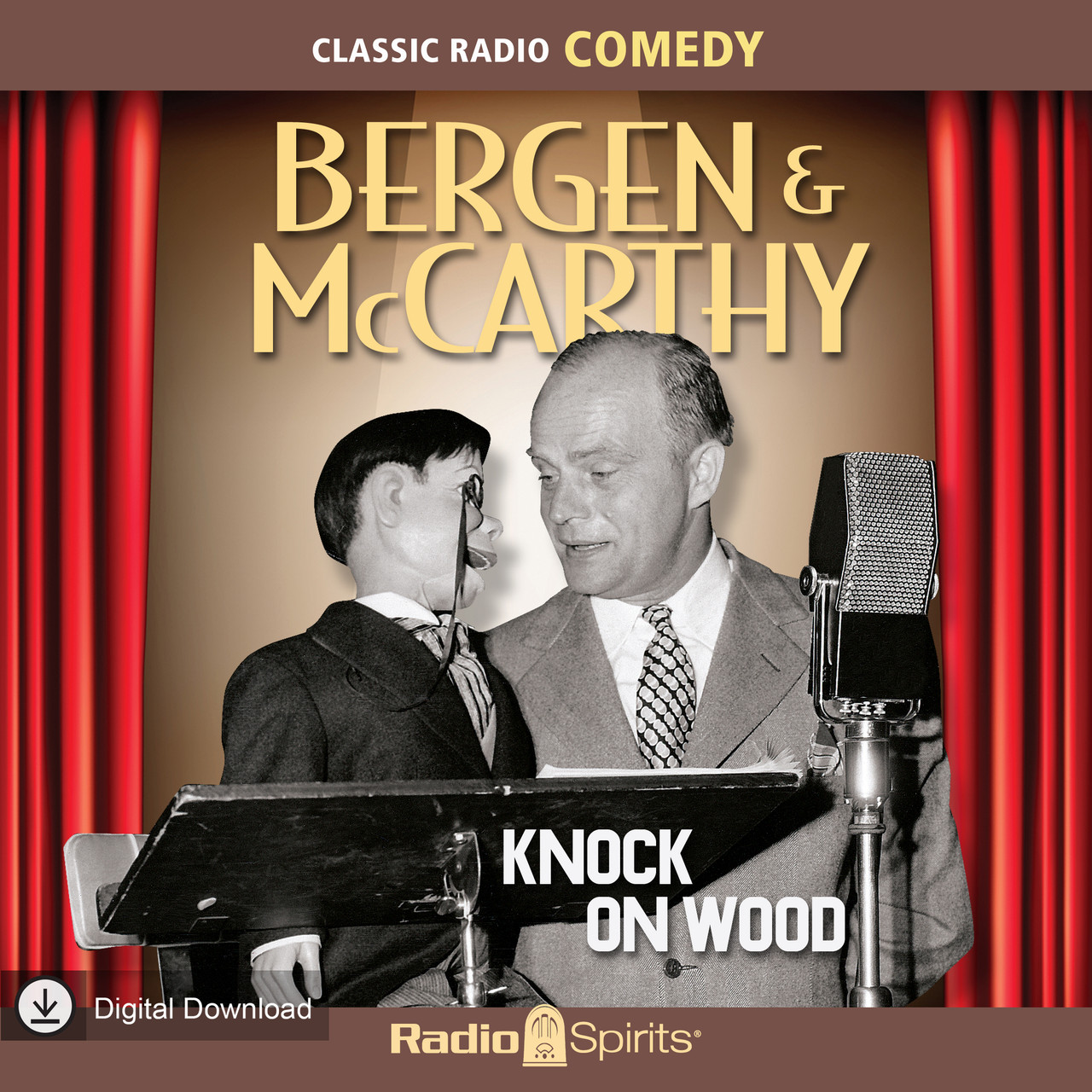
Despite gracing so many memorable movies, Edward Arnold never garnered any Oscar nominations during his motion picture career. A shame. But we’re indeed fortunate that you can revel in the delights of his appearance on a November 15, 1942 broadcast of The Edgar Bergen & Charlie McCarthy Show, which you’ll find in the collection Knock on Wood in Radio Spirits’ digital downloads store. In addition, Mr. Arnold is in the spotlight on “radio’s outstanding theatre of thrills” in the Suspense episode “Account Payable” (10/13/49) on Suspense at Work. Happy Birthday, Ed!

